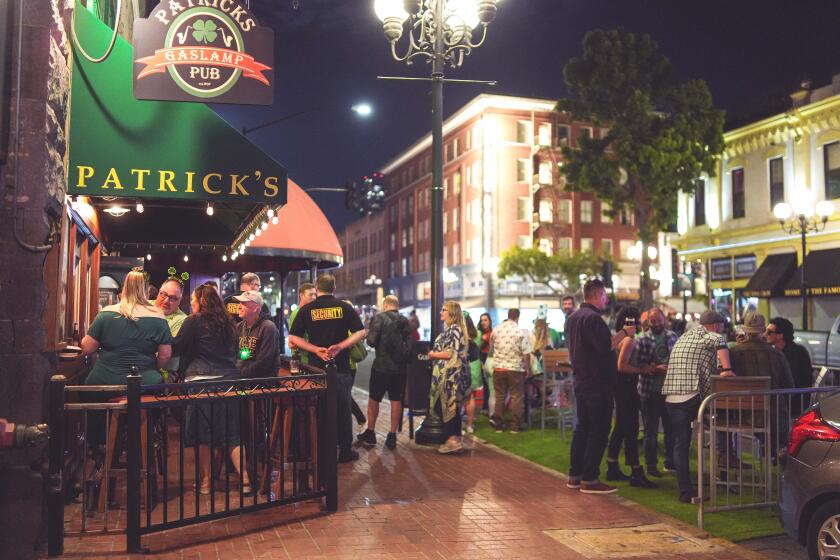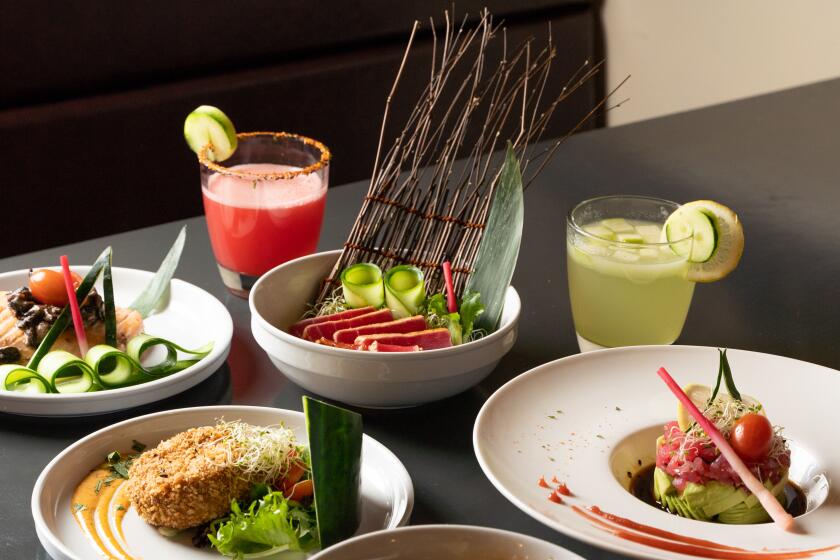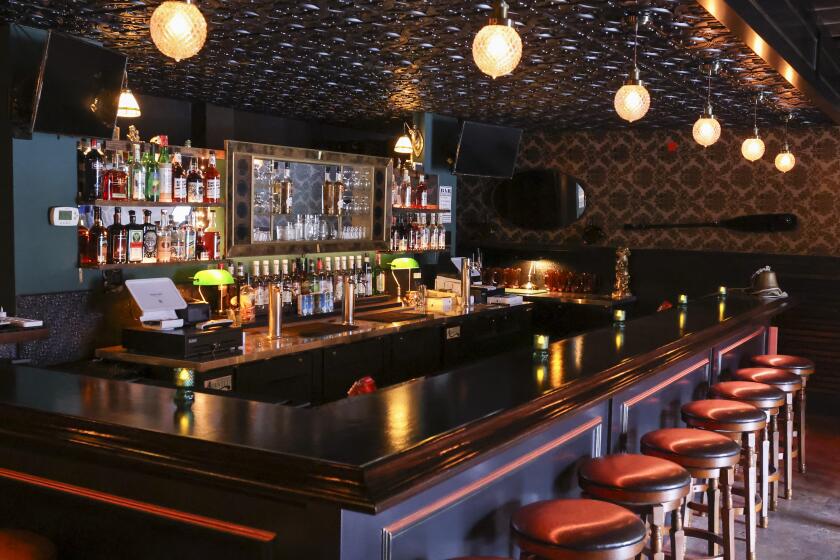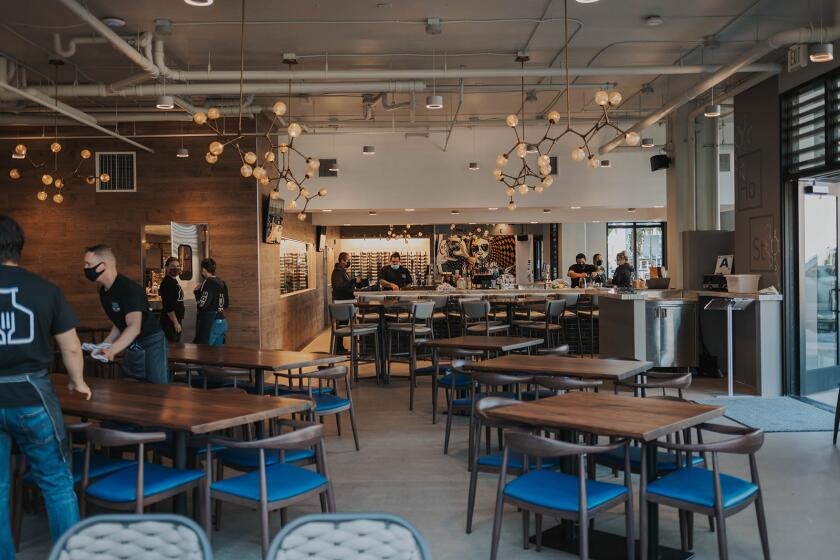Booze 101: All about bourbon
No liquor has seen a greater renaissance and tidal wave of popularity than America’s own native spirit, bourbon. While it must and can be produced anywhere in the United States, the majority of Americans think of one special area: its birthplace of Kentucky. In fact, 95 percent of all bourbon production is from the Bluegrass state. Current inventory numbers stand at more than 5.5 million barrels with a value at close to $2 billion. Bourbon has taken the spirit world by storm and become the darling of bars, mixologists and collectors everywhere.
“Keep your friends close, and your bourbon closer” -Old Kentucky proverb
The history
In 1964, Congress issued strict federal standards concerning bourbon. And while the saying goes “all bourbon is whiskey, but not all whiskey is bourbon,” according to the Kentucky Distillers’ Association (kybourbon.com), in order for whiskey to be considered bourbon, it must:
- Contain a mixture of grain with 51 percent corn.
- Be stored at no more than 125 proof and bottled at no less than 80 proof.
- Contain nothing more than grain, water, and yeast.
- Be aged in new, charred oak barrels.
The first commercial distiller of bourbon was Evan Williams in 1783. Shortly after, Reverend Elijah Craig, built a distillery in 1789, and ushered in the charred oak barrel, earning him the nickname, “The Father of Bourbon.”
Aromas and flavors
Bourbons are known for their powerful, yet smooth and comforting profiles. Spice notes include cinnamon, nutmeg, clove, and black pepper, while fig, raisin, and apple display fruitiness. Finally, look for sweet notes of vanilla, honey, toffee, and chocolate.
The types
Bottled in Bond: From the Bottled-in-Bond Act of 1897, this category requires bourbons to be aged at least four years, bottled at exactly 100 proof, aged in a federally bonded warehouse, and originate from a single distillery and from barrels of single year. Examples: Evan Williams, Old Grand Dad, Old Fitzgerald, Colonel E.H. Taylor.
Cask Strength: These heavy-hitters are pulled straight from the barrel. Booker’s, the most well-known example of a barrel-proof Bourbon, was first released in 1988 and remains the standard in this category. Other examples: George T. Stagg, Wild Turkey Rare Breed, Maker’s Mark Cask Strength.
Single Barrel: You guessed it, it’s from one barrel only, with no blending from other barrels. Blanton’s was the first single barrel bourbon in 1984, spawning a wellspring of selections seen today, with Elijah Craig, Eagle Rare, Four Roses, Knob Creek, and Willet all releasing single barrel versions.
Small Batch: This designation refers to a blend of a small number of barrels, and usually aged from six to nine years, although some small batches can reach 20 year aging marks. There is no federal definition to the category, so barrel numbers can vary from distillery to distillery. Examples: 1792, Knob Creek, Michter’s, Rowan’s Creek.
Straight Kentucky Bourbon: The most general of the categories, this designation is based on the 1964 federal standards with at least two years of aging in new, charred oak barrels. Examples: Bulleit, Buffalo Trace, Woodford Reserve, Maker’s Mark.
Where to taste bourbon
Seven Grand: The end-all, be-all for many bourbon drinkers in San Diego and Los Angeles. Look for Seven Grand’s own sourced bottlings and barrel cocktails on the menu along with designations, cask strength and limited editions. Join the bar’s Whiskey Society for current bourbon news and events.
3054 University Ave., North Park, 619.269.8820, 213hospitality.com/project/sevengrandsd
The Whiskey House: A whopping 1,500 selections mark the list here, with many straight, small batch and single barrel bourbons topping the list of local favorites. Stop in for a range of bourbon flights including the Best of Kentucky at $85.
420 Third Ave., downtown, 619.546.6289, thewhiskeyhousesd.com
Aero Club: Many bourbon drinkers looking for a casual, pool table experience visit this cult- favorite near the airport. Aero supplies the most descriptive and educational list in the city, with tasting notes for every bourbon on the menu.
3365 India St., Middletown, 619.297.7211, aeroclubbar.com
Bourbon-based cocktails
Sycamore Den: The Gran Concourse has bourbon, Gran Classico, almond, apple brandy.
3391 Adams Ave., Normal Heights, 619.563.9019, sycamoreden.com
The Lion’s Share: Try the Federal Buffalo Stamp, with bourbon, ginger root, maple, and lemon, or their classic beer-inspired Hips Hops Diggity with Aperol, grapefruit, lemon and IPA foam.
629 Kettner Blvd., downtown, 619.564.6924, lionssharesd.com
Rare Form: The San Juan Sour has Apple Eau De Vie, bourbon, fresh lemon, orgeat, egg white, Angostura bitters, nutmeg. Rare Form’s menu notes, “this sour is as juicy as the Washington archipelago orchards.”
793 J St., downtown, 619.255.6507, godblessrareform.com
Make your own
Bourbon-Spiked Punch
(makes 1 drink)
1.5 oz Buffalo Trace Bourbon (or bourbon of choice)
.5 oz fresh lemon juice
3-4 oz of brewed tea
splash of fresh squeezed orange juice
1 teaspoon agave nectar
Mint sprig garnish
Combine all ingredients in a shaker with ice. Shake and strain over ice-filled tulip glass. Garnish with mint. Or make in large batch and place in punch bowl for parties.
More...
With 18 years in the restaurant and beverage industry and more than 850 reviews under her belt, Laurie Delk is a one-stop guide to all things craft beer, wine and spirits. You can follow Delk on Twitter @100beers30days or Instagram @sandiegobeer. Send ideas for featured drinks to lauriedelk101@gmail.com.
Sign up for the Pacific Insider newsletter
You may occasionally receive promotional content from the Pacific San Diego.






